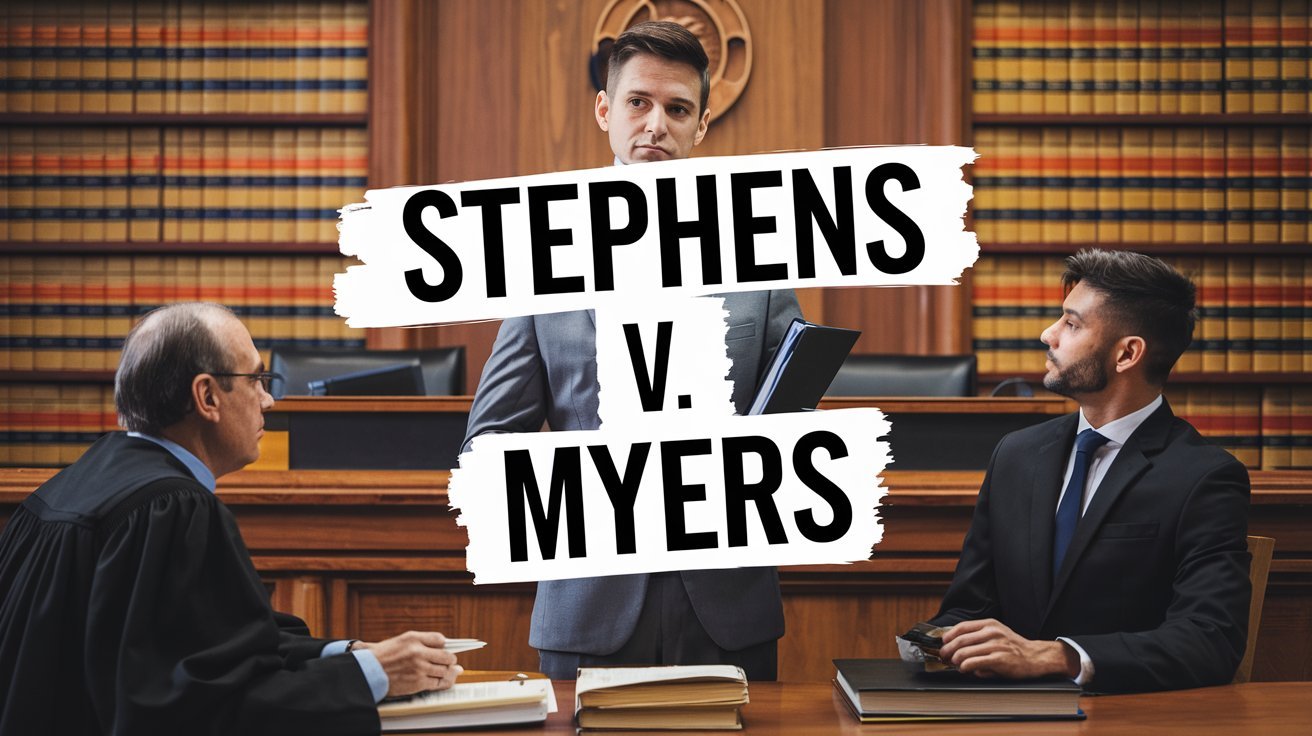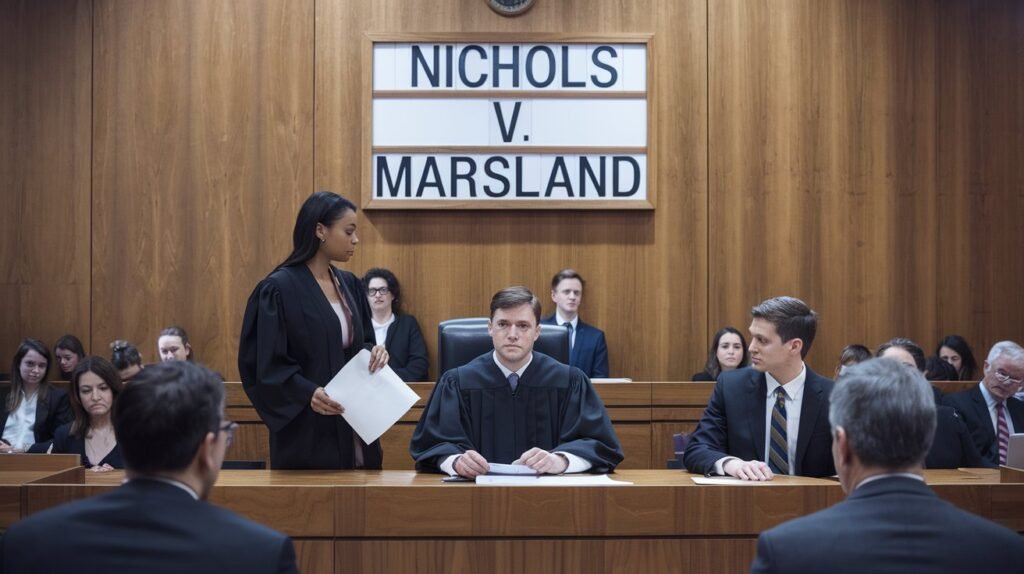Stephens V. Myers 1830 (Case Summary)

This case clarified the concept of assault in tort law, establishing that an overt act demonstrating an intention to inflict harm is sufficient to constitute assault, even if actual physical harm is not inflicted.
Table of Contents
ToggleFacts of Stephens v Myers
- Stephens, the plaintiff, was presiding over a parish meeting when Myers, the defendant, became disruptive.
- During the argument, Myers advanced towards Stephens in a threatening manner with a clenched fist, indicating his intent to physically harm him.
- Myers was restrained by others before he could reach Stephens or cause any physical harm.
- Stephens sued Myers for assault, alleging that the defendant’s actions caused him reasonable apprehension of immediate harm.
Issues framed
- Whether an act constitutes assault if the defendant is prevented from inflicting actual harm?
- Whether a threat needs to result in physical contact to be actionable in assault?
Judgment of Stephens v Myers
The court applied the principles of assault in tort law, which require an overt act creating a reasonable apprehension of imminent harm.
The court held that Myers’ threatening advance towards Stephens was sufficient to cause a reasonable apprehension of immediate harm. It ruled that assault does not require actual physical contact; the threat of harm alone, demonstrated through actions, is enough to establish liability. The court emphasized that the defendant’s ability to carry out the threat, if not for intervention, is a critical element in assault cases.
The court ruled in favor of Stephens, holding Myers liable for assault. It is the fear of immediate violence, reasonably caused by the defendant’s actions, that constitutes assault.





